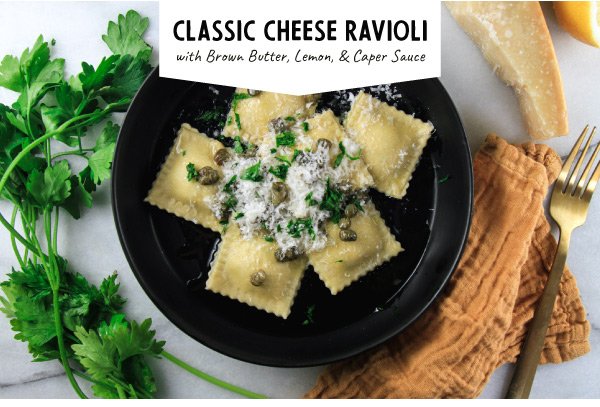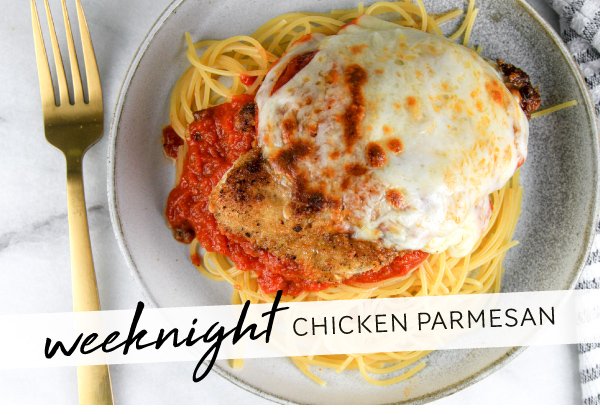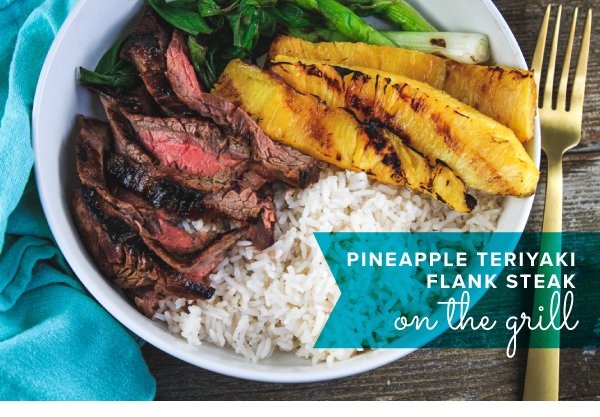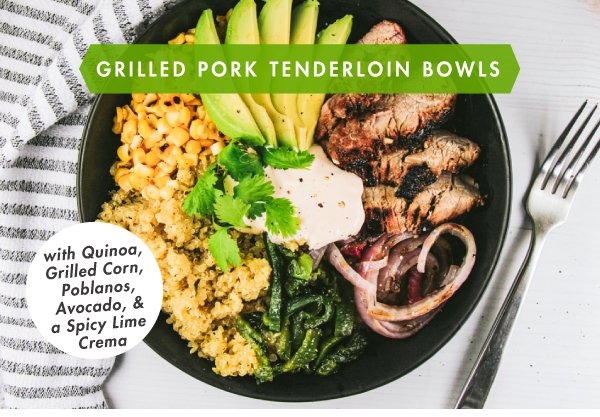Homemade Chicken Pot Pie
Lia Soneson
Homemade chicken pot pie is the definition of comfort food! This savory, delicious recipe features the classic filling of chicken and vegetables in a buttery, flaky crust. Serve this pie piping hot with a simple side salad for a complete and satisfying meal.
Homemade Chicken Pot Pie
Serves 4 - 6
Pastry Crust Ingredients:
2-1/2 cups flour
1 teaspoon salt
2 sticks salted butter, cut into 1/2" cubes
1/4 cup cold buttermilk
1/4 cup ice cold water
Filling Ingredients:
2 chicken breasts (or about 1-1/2 pounds), cooked and diced into 1/2” pieces, or smaller (about 3 cups when diced)
4 tablespoons butter
1 clove garlic, minced
1 onion, diced, about 1-1/2 cups
3 stalks celery, diced, about 1 cup
3 carrots, diced, about 1 cup
1/4 cup dry sherry
4 tablespoons flour
1 cup chicken broth
1 cup heavy cream, plus 2 more tablespoons for brushing the top
1 cup frozen peas
Directions:
1. In a sauce pan, lay the chicken breasts in a single layer and cover with cold water by 1-inch. Bring the water to a boil, then turn down to a simmer and poach the chicken breasts until thoroughly cooked, and the internal temperature reaches 165 degrees F, about 15 minutes. Remove from the heat, drain, and dice the cooked chicken into 1/2-inch cubes.
2. Meanwhile, prepare the pastry crust by mixing the flour and salt in a large bowl. Cut the cold butter into 1/2-inch cubes.
3. Combine the butter and flour together with a pastry blender, or pulse with a food processor leaving pea-sized pieces of butter intact. Avoid using your fingers or hands to combine the flour and butter -- the heat will melt the butter and reduce the crust’s flakiness. As well, avoid overmixing the butter and flour.
4. Add the buttermilk and cold water to the crumbly dough. Gather the dough until it loosely comes together into a ball.
5. Flatten the ball of dough slightly, cover with plastic wrap and allow it to chill in the refrigerator for 20-30 minutes.
6. Prepare the filling. In a large Dutch oven, melt the butter and sauté the onion, garlic, celery, and carrot until softened. Add the sherry, and then reduce. Add the flour, and cook for about two minutes. Add the chicken broth and cream gradually. Simmer until the mixture thickens stirring constantly.
7. Stir in the cooked chicken and frozen peas. Season with salt and pepper to taste. Cool to room temperature.
8. Preheat the oven to 425 degrees F. Generously sprinkle flour on a working surface. Cut the dough disc into two equal pieces. Roll out the chilled dough into two rounds that are about 11-inches in diameter.
9. Fold the rolled dough over the rolling pin, and slide the crust over the bottom of a pie plate.
10. Place the cooled chicken and vegetable mixture inside the pie crust.
11. Using a rolling pin, carefully place the second crust on top of the pie. Trim off any excess dough, and pinch the edges together.
12. Brush the top with the cream, and sprinkle with salt and pepper. Cut slits in the top crust to allow the steam to vent.
13. Bake for about 30-35 minutes until the filling is bubbly, and the crust is golden brown and flaky.



















